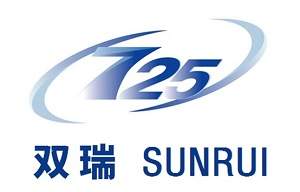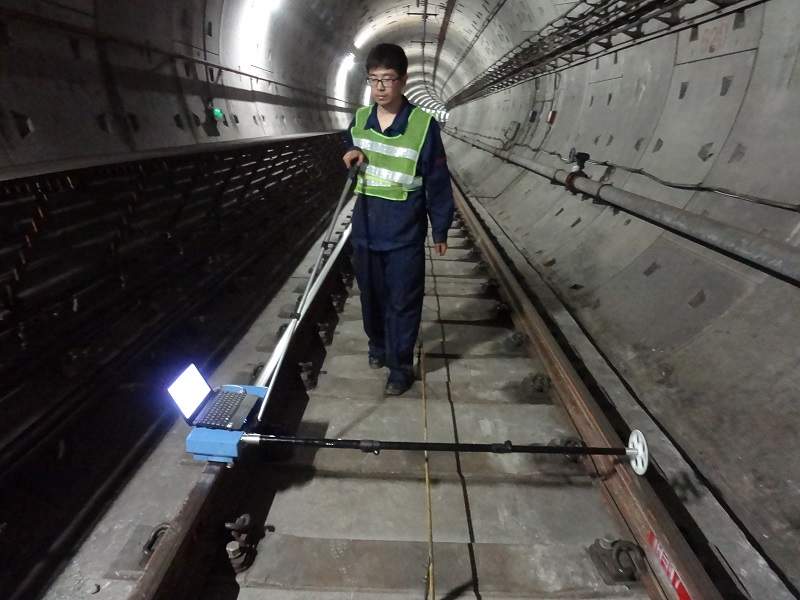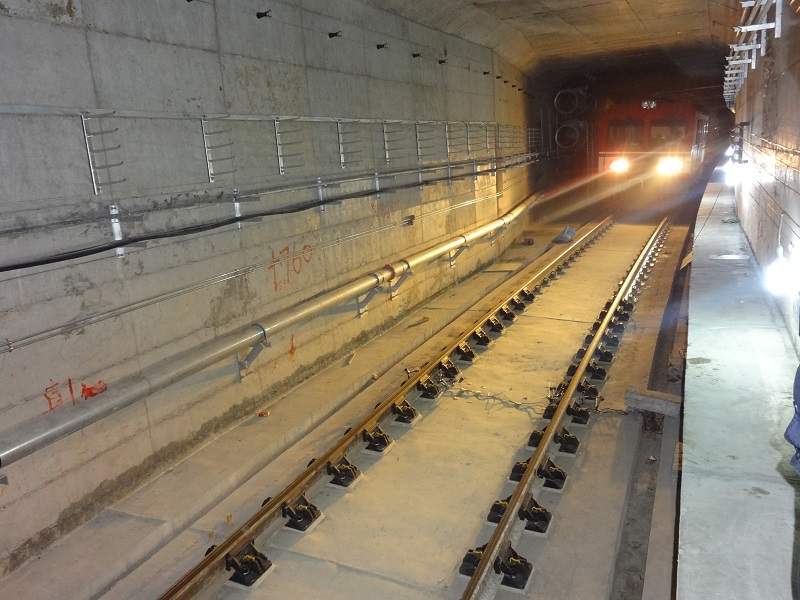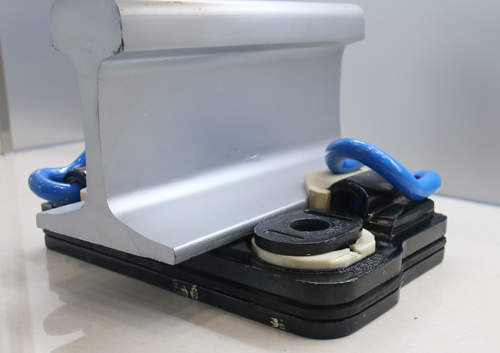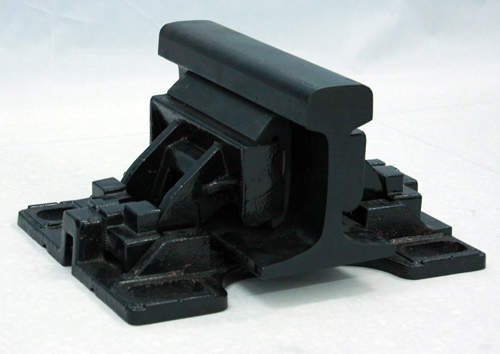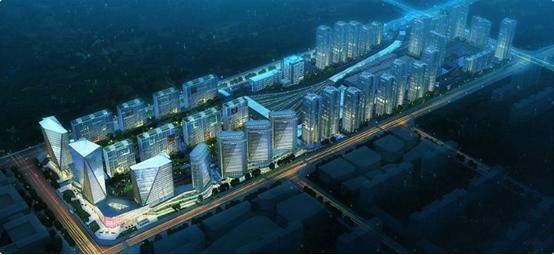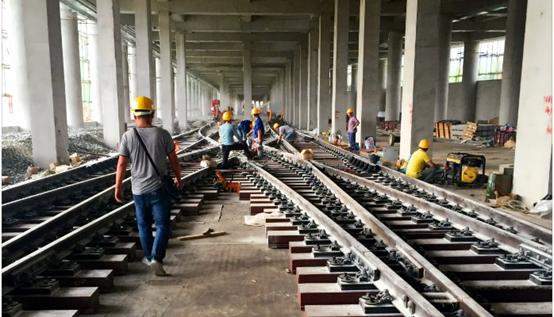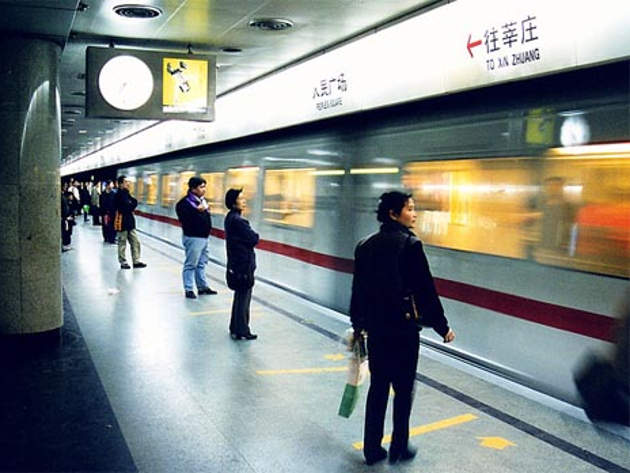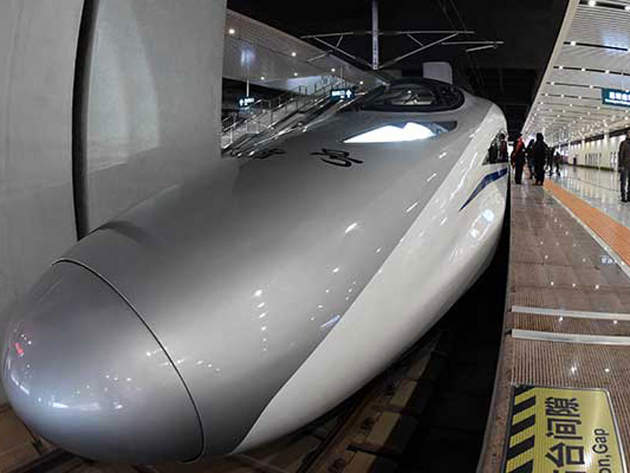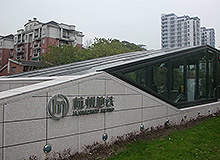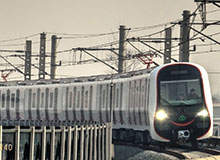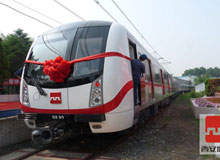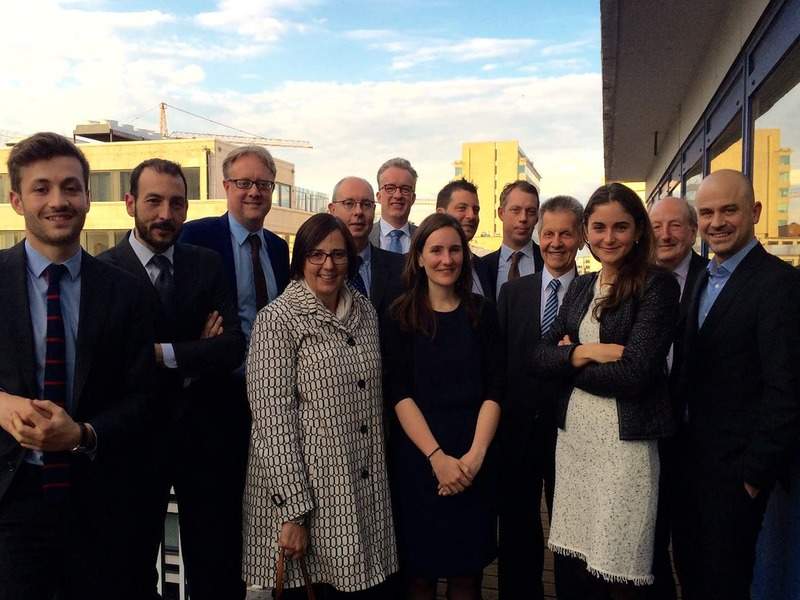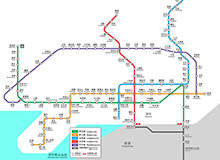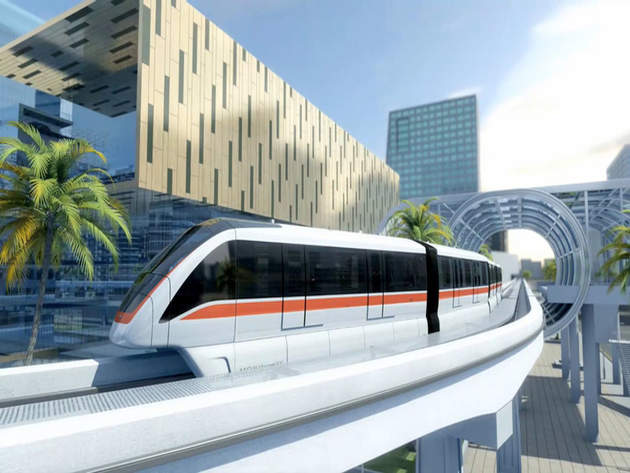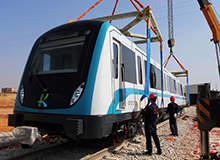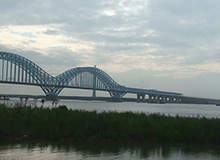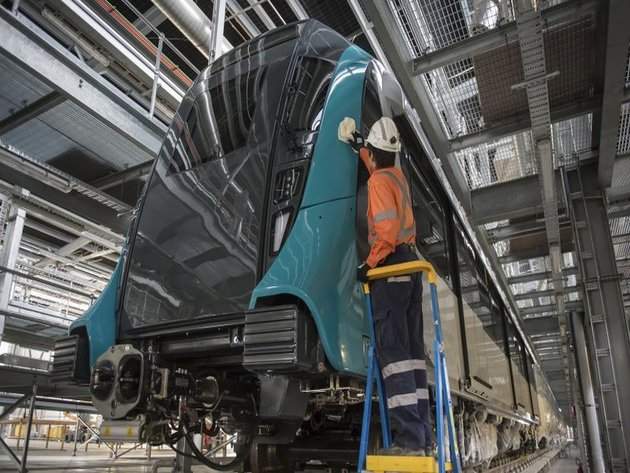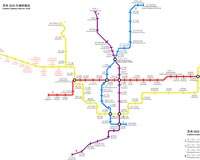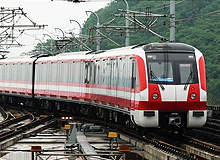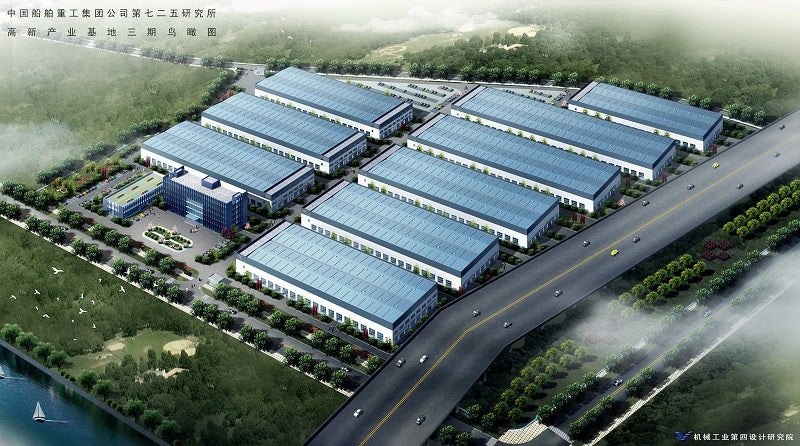
Luoyang Sunrui Rubber & Plastic Science and Technology (Sunrui RPST) manufactures and distributes custom services for noise and vibration control in the rail industry.
The company’s elastic fastening systems and composite products are used in the field of rail transportation throughout Asia, such as for metro, high-speed railway and intercity rail.
Sunrui RPST’s elastic fasteners, anti-vibration slab mats, composite sleepers, and composite emergency platforms are widely used throughout China-based metro services.
Elastic fasteners for vibration reduction and anti-corrugation
The GJ series elastic fastener contains five different variants, and is suitable for vibration and noise control. With a vibration reduction of between 5dB and 12dB, all Sunrui RPST fasteners can be maintained on-site.
Using the GJ-3 fastener and its upgrade GJ-32 can not only control the vibration (5-8dB) but also has an anti-corrugation effect. The corrugation on rail surfaces becomes lighter just after three months. Compared to cologne egg fasteners, the corrugation shows later and lighter.
The GJ-3 elastic fastener is one of the most preferred rail vibration control solutions in China, and has occupied more than half of the elastic fastener market share in mainland China.
Anti-vibration slab mats using mass-spring-system
Featuring studs of textile-reinforced rubber, anti-vibration slab mats are used under the ballast track bed or slab as elastic support in urban rail transit.
Anti-vibration slab mats demonstrate high levels of vibration isolation and fatigue-resistance, as well as simplified installation and maintenance.
Sunrui RPST offers a wide range of anti-vibration solutions for urban rail transit, such as:
- 5dB~8dB: GJ-5 or GJ-1
- 8dB~10dB: GJ-3 fastener, GJ-32 fastener or GJ-6 elastic fastener (for turnout)
- 10dB~12dB: GJ-4
- 12dB~15dB: Anti-vibration slab mat
- 15dB~20dB: High-performance damping ballast system for rail transportation
Environment-friendly, lightweight composite sleepers
Fibre-reinforced foamed urethane (FFU) composite sleepers are made of rigid polyurethane reinforced with continuous glass fibres.
As a lightweight, high-strength, environment-friendly product, FFU composite is a cost-effective alternative to timber or concrete.
Synthetic sleepers are widely used on different types of rail transport system, particularly on switches, turnouts, bridges / viaduct and other projects in high-speed railway and metro railway construction.
Sunrui RPST’s composite sleepers have been installed on metro systems since 2009, and the company has a 70% market share in mainland China.
Composite platforms for emergency evacuation
Composite platforms for emergency evacuation are manufactured by phenolic aldehyde resin, with the matrix material and glass fibre as the reinforcing material.
The platform is made of platform grids, beams, supported brackets and handrails, which are installed in the tunnel or overhead railway. In case of fire or emergency, people can escape from the tunnel by the emergence evacuation platform.
The lightweight, high-strength product is highly resistant to fire impact, aging and corrosion, as well as low-smoke density and toxicity levels.
The platform can also be used on offshore oil platform, pedestrian passageways, ship decks, in coal mining scenarios and other emergency escape routes.
About Luoyang
Approved as a ‘high-tech enterprise’, Sunrui RPST has a noise and vibration reduction engineering centre in Henan province, and is certified according to ISO 9001 and ISO 14001.
Located in Luoyang National New & High Tech Industry Development Zone, Luoyang Sunrui RPST owns workshops with a collective floor area of 80,000m², and more than 150 sets of manufacturing equipment.
With more than 300 employees, Luoyang Sunrui RPST has established a strong research team and a state-of-the-art laboratory for railway noise and vibration control. With high-scientific innovation capacity and research facilities, the company has undertaken several important state R&D projects.
By the end of 2015, Sunrui RPST has achieved nearly 119 patents, including 34 invention patents.

